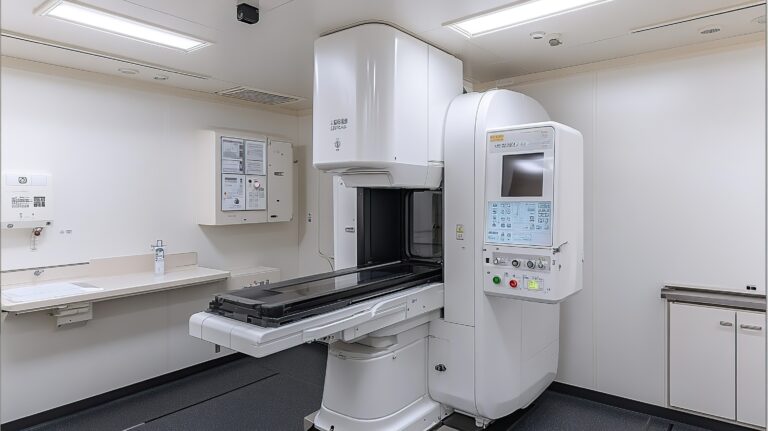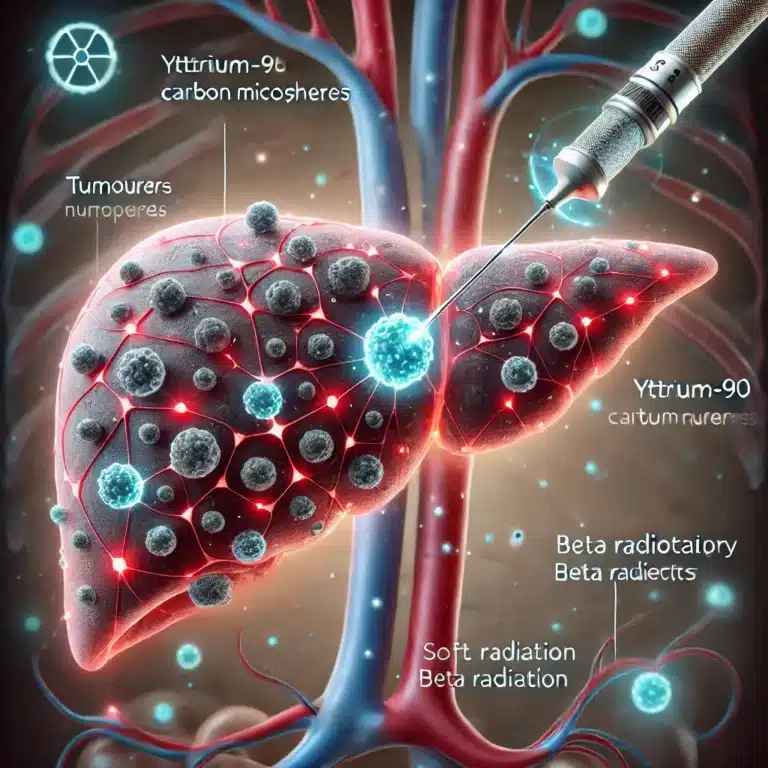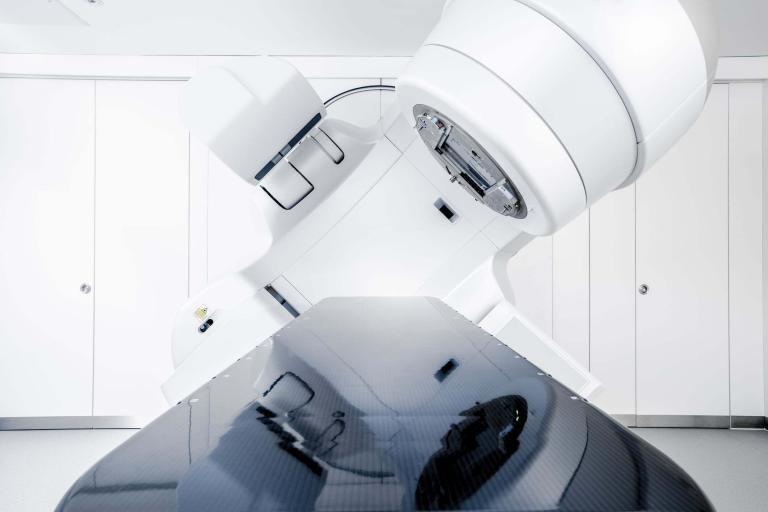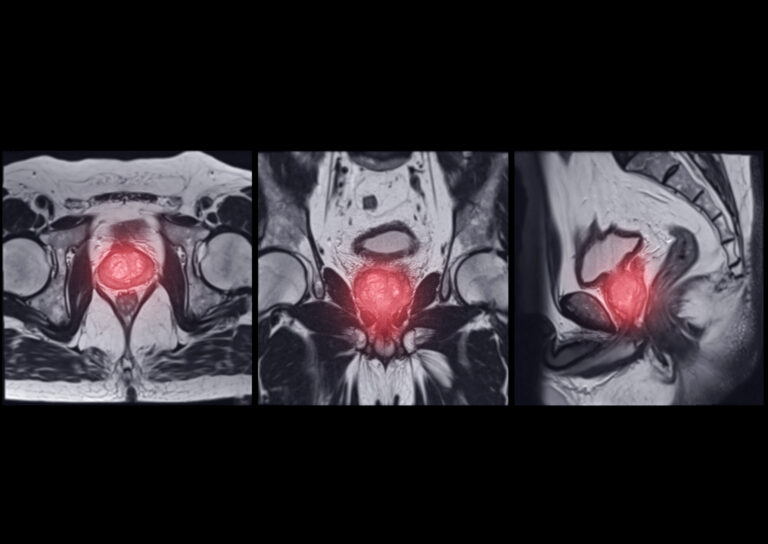Advancements in Radiotherapy
Advancements in radiotherapy have significantly transformed the landscape of cancer treatment, providing more precise and effective options for patients. Over recent years, technology has propelled forward, bringing innovations that improve survival rates and reduce side effects, enhancing the quality of life for those undergoing treatment.
One of the most promising developments in radiotherapy is the advent of image-guided radiotherapy (IGRT). This technique uses detailed imaging, such as CT scans, MRI, or X-rays, at the time of treatment to deliver radiation more accurately. By using these images, clinicians can pinpoint the tumour’s exact location at the time of treatment, adjusting for movements such as breathing. This precision allows higher doses of radiation to be focused on the tumour while minimising exposure to surrounding healthy tissues. The result is a decrease in side effects and an increase in the efficacy of the treatment.
Another significant advancement is intensity-modulated radiotherapy (IMRT). IMRT enables oncologists to modulate the intensity of radiation beams in multiple small volumes, allowing for different doses of radiation to be delivered to different parts of the tumour. This tailored approach means that the shape and size of the radiation doses can conform more closely to the three-dimensional shape of the tumour, thereby protecting healthy tissues more effectively.
Stereotactic radiotherapy has also seen considerable improvements. This form of radiotherapy is highly precise and is used primarily for brain tumours, though it’s now being used for other types of cancer, such as lung and prostate. Stereotactic techniques involve delivering a large, precise dose of radiation to a small tumour area in either a single session or a few sessions. This method has proven particularly beneficial for patients whose tumours are inoperable or for those who seek an alternative to surgery.
Proton beam therapy is another area where significant strides have been made. Unlike traditional radiation, which uses X-rays, proton beam therapy uses protons to treat cancer. The key advantage of protons is their ability to stop at the tumour site, thereby not depositing energy beyond the tumour. This results in less damage to the surrounding healthy tissues and is particularly advantageous when treating cancers near critical structures like the brain and spinal cord.
Moreover, advancements in computational technologies and artificial intelligence (AI) are setting new frontiers in radiotherapy. AI algorithms are being used to optimise treatment plans, predict patient outcomes, and even assist in real-time during procedures to adjust treatment protocols based on immediate feedback.
These advancements in radiotherapy underscore a significant shift towards more patient-focused cancer care. As technology continues to evolve, the future of radiotherapy promises even greater precision, efficiency, and outcomes, marking a new era in the fight against cancer.
You are here:
home » Advancements in Radiotherapy




